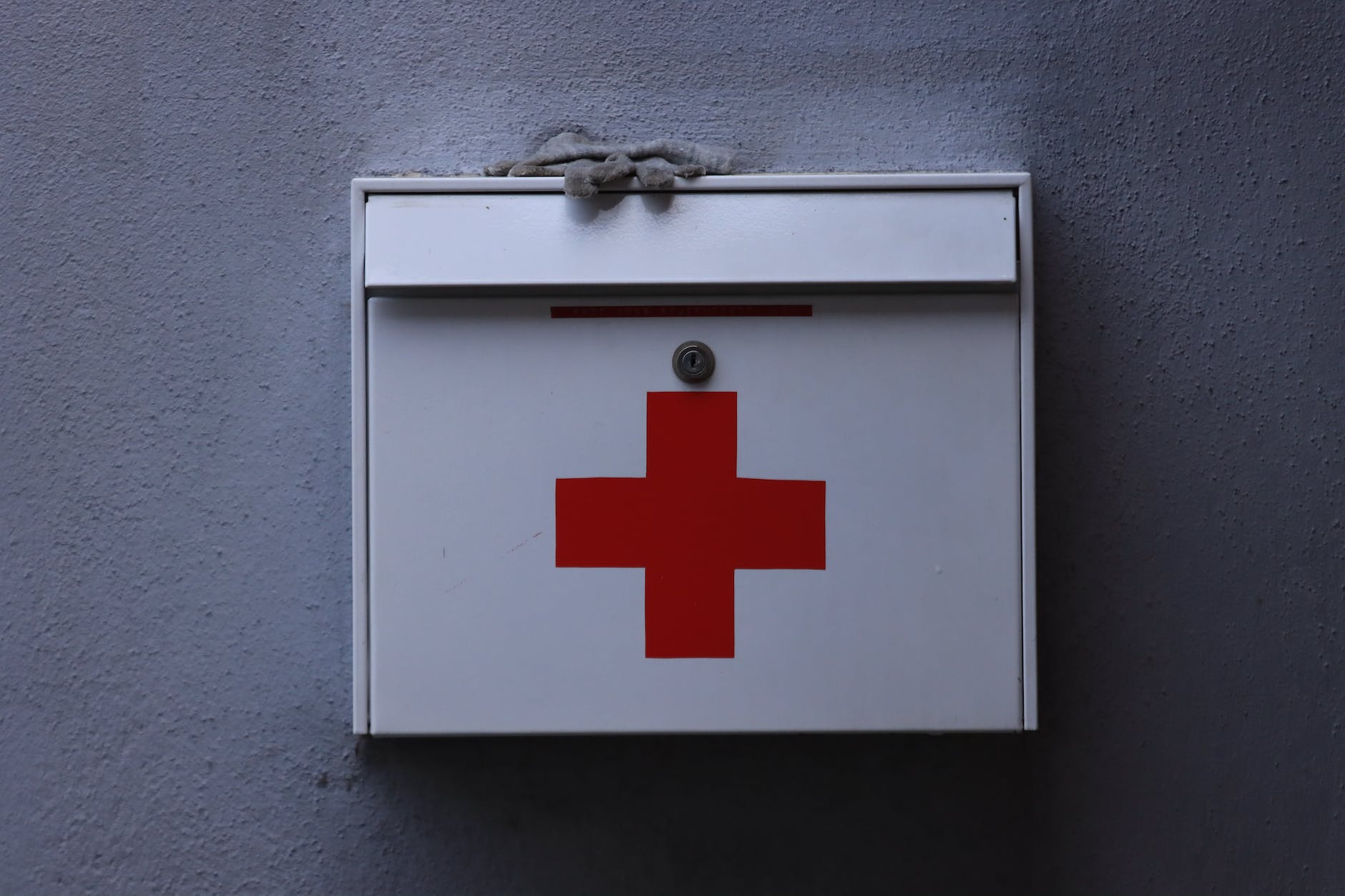
Life-Saving Skills at Your Fingertips: Online CPR Certification and First Aid Training Uncovered
In today’s fast-paced world, emergencies can happen anytime and anywhere. Being equipped with life-saving skills such as Cardiopulmonary Resuscitation (CPR) and first aid can significantly affect the outcome of such situations.
Why Online CPR Certification and First Aid Training?
Traditional CPR and first aid courses require you to attend in-person classes with a certified instructor. While this method has its advantages, online CPR and First Aid courses offer flexibility, convenience, and accessibility that are unmatched by in-person classes.
Flexibility: Online courses provide you the flexibility to study at your own speed, which is ideal for people with hectic schedules. The course can be finished in one sitting or over the course of many days.
Convenience: You can access course materials for online training from any device that’s connected to the internet. You can learn at home or while taking a lunch break at work.
Accessibility: Online courses are available 24/7, ensuring that you can access the materials whenever it is most convenient for you. They are also more accessible for disabled learners or learners without reliable transportation.
Cost-effective: Online courses are often more budget-friendly than in-person classes, making them a more affordable option for those looking to acquire life-saving skills.
Up-to-date information: Online courses are frequently updated to ensure that the information provided is current and in line with the latest guidelines and best practices.
What to Expect from Online CPR Certification and First Aid Training
Online CPR certification and first aid training courses typically consist of instructional videos, reading materials, quizzes, and practical demonstrations. The classes are designed to be interesting, stimulating, and interactive, ensuring you retain the information you learn. Here’s what you can expect from an online CPR and first aid course:
Certification: Upon successfully completing the course, you will receive a CPR and first aid certification valid for a specific period. This certification is recognized by employers and organizations that require their staff to be trained in these life-saving skills.
Recertification: Online courses also offer recertification options, allowing you to renew your CPR and first aid certification without having to retake the entire class.
Support: Most online courses provide ongoing support, ensuring that you have access to knowledgeable instructors who can answer any questions you may have.
Breaking Down What is Covered in First Aid Training
- Assessing the Situation: How to approach an emergency scene, identify potential hazards, and determine the nature and severity of the victim’s condition.
- Calling for Help: the appropriate steps to take when contacting emergency medical services (EMS), including providing essential information about the location, the victim’s condition, and any potential hazards.
- Basic Life Support: how to perform CPR, as well as how to recognize the symptoms of a heart attack or stroke and respond accordingly.
- Choking: how to perform the Heimlich maneuver and other techniques for clearing airway obstructions in adults, children, and infants.
- Wound Care and Bleeding Control: How to clean and dress various types of wounds, as well as how to apply direct pressure, elevate the affected area, and use a tourniquet when necessary.
- Burns: Learn about the different degrees of burns, how to cool and dress a burn, and when to seek professional medical help.
- Fractures and Sprains: Learn to recognize and manage fractures and sprains, including immobilizing the affected area, applying ice, and elevating the limb to reduce swelling.
- Poisoning and Allergic Reactions: How to identify common signs and symptoms of poisoning and severe allergic reactions, as well as how to administer first aid and use an epinephrine auto-injector (EpiPen) when necessary.
- Heat and Cold Emergencies: Heatstroke, heat exhaustion, hypothermia, and frostbite are all potential emergencies that can occur due to extreme temperatures. Learn to recognize the signs of these conditions and provide appropriate care to prevent further complications.
- Seizures: how to assist someone experiencing a seizure, including keeping the person safe, timing the seizure, and knowing when to call for professional medical help.
Choosing the Right Online CPR Certification and First Aid Training Course
With numerous online CPR certification and first aid training courses available, it’s essential to choose one that is reputable, comprehensive, and meets your specific needs.
Accreditation: Ensure that the course is accredited by a recognized organization, such as the American Heart Association (AHA) or the American Red Cross.
Course content: Look for programs that offer a variety of topics and current knowledge based on the most recent standards and recommendations.
Certification: Verify that the course offers a CPR and first aid certification that is recognized by employers and organizations.
Reviews: Read reviews from previous students to get a sense of the quality and effectiveness of the course.
Customer support: Choose a course that offers ongoing support and access to knowledgeable instructors.
Conclusion
Online CPR certification and first aid training courses provide a convenient, flexible, and cost-effective way to acquire life-saving skills. You can equip yourself with the knowledge and confidence needed to respond effectively in emergency situations. So, why wait? Start your online CPR and first aid training today!






